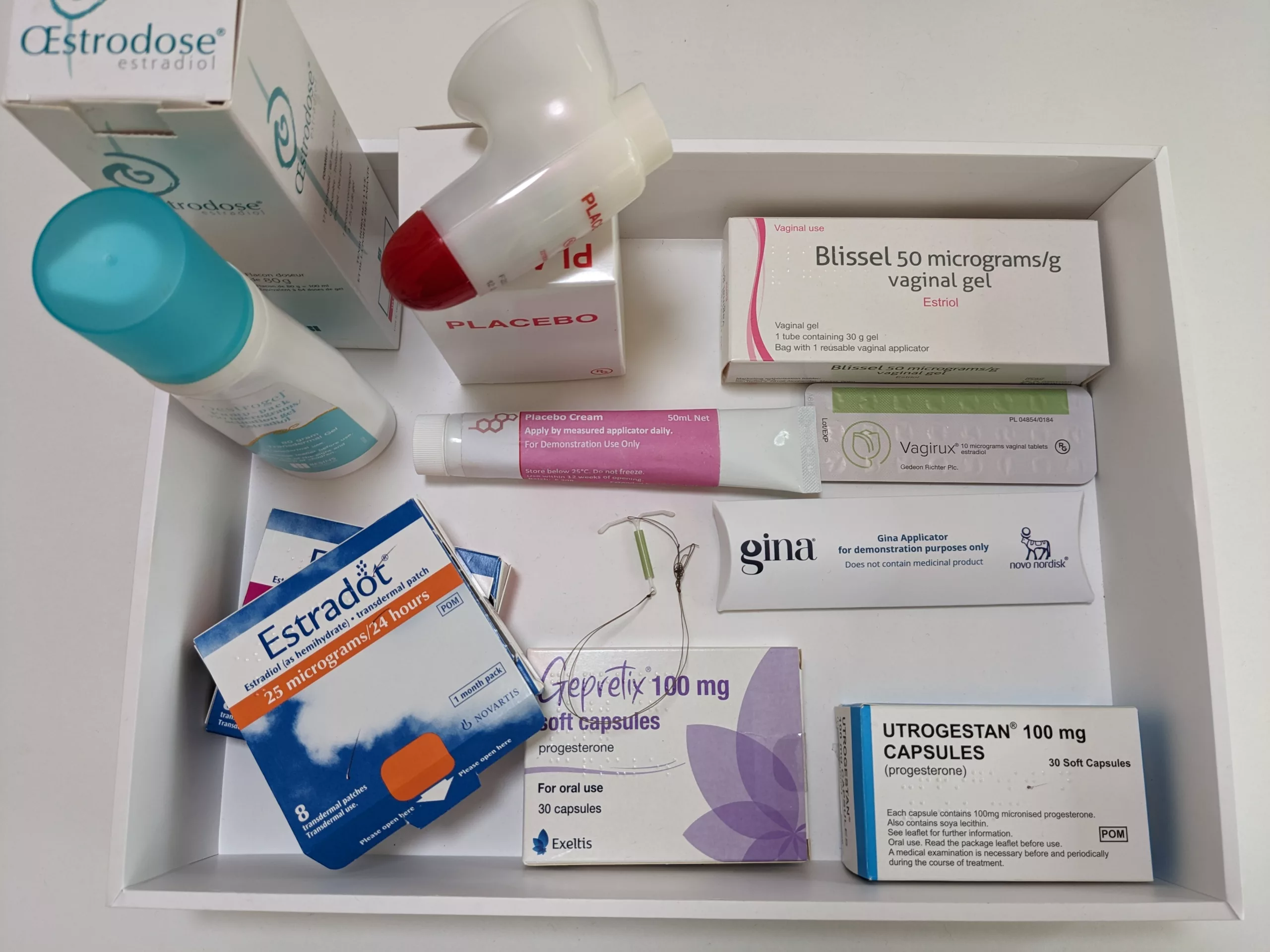blog
-
Endometriosis: Recognising, Diagnosing and Managing Symptoms
What is Endometriosis? Endometriosis occurs when tissue similar to the lining of the womb (the endometrium) grows outside the womb. This tissue can be found on various organs and structures within the pelvis, such as the ovaries, the bowel, and the bladder. In rare cases, it may also be found outside the pelvis, including inside…
-
Understanding your hormones: A Deep Dive
Following on from last month’s blog about the menstrual cycle, let’s take a deeper look at hormones—how they impact our health and why understanding them is crucial, especially when we are navigating hormonal transitions like menopause. I want to start by acknowledging that not all women were assigned female at birth and that some trans…
-
Understanding the Menstrual Cycle
There are many questions and misconceptions about the menstrual cycle. From period pain to hormone fluctuations, it’s crucial to understand what’s normal and what might be worth discussing with a healthcare professional. In this post, we’ll explore key aspects of menstrual health, including cycle length, pain, heavy menstrual bleeding, and much more. What is Menstrual…
-
Connection
Menopause is a time of change. It can feel like we don’t recognise ourselves. Cultivating our connections to ourselves, to others, and to the natural world can be an important part of self-care. Many people at menopause feel unseen, in their experience and the impact it has on their life. This can be especially true…
-
Contraception, is it still important in perimenopause?
When can I stop using contraception? So not all of us will need contraception, but it’s important to remember that even long cycles over 50 days can be ovulatory, so we can still conceive at this time. The advice as to when we can stop using contraception, using age alone, might surprise you as being…
-
HRT, your questions answered
Should everyone take HRT? I’m a big fan of HRT, I’ve seen it transform people’s lives. I don’t however believe there is any drug or medical intervention that is always right for all of us. Saying that I strongly believe everyone should have access to accurate information to make their own informed choices. There has…
-
The importance of rest
Rest, does it really matter? Throughout August I’ve been posting on social media about the importance of rest, with ideas of how to build it in every day. The summer holidays are often long-awaited, but the reality can sometimes be difficult. The juggle of supporting children and working often means that it’s downtime that gets…
-
The genitourinary syndrome of the menopause, what you need to know
What is it? The genitourinary syndrome of the menopause is common, and often not discussed, but once recognised there are lots of options for helping symptoms including local oestrogen, vulval care, moisturisers and lubricants. Oestrogen lubricates the vulvovaginal tissues and helps the vaginal microbiome. It also improves bladder function and reduces urinary infections. Oestrogen and…
-
Movement at menopause
I’ve always loved to move, and I’m so thankful I love it. I know how hard it is to build it in regularly if you don’t feel the same, and if it’s tied up with what you should do to look a certain way or control things about your body. I exercise because when I…
-
HRT

With all the different types of HRT available, how do I pick what may suit someone best? HRT for everyone? So full disclosure. I’m a big fan of HRT, I’ve seen it transform lives. People have repeatedly told me how it’s helped them feel like them again, how it’s saved their marriage, their job, even…
